Act I
Scene 1
The palace of Queen Mekhmene Banu is plunged in mourning — her young sister, Shireen, is dying. The Vizier and the courtiers are full of anxiety. Mekhmene Banu is in despair. A Stranger, who appears out of the blue, says he will cure the Princess but, in return, Mekhmene Banu must sacrifice her beauty. In order to save the life of her sister whom she loves deeply, Mekhmene Banu accepts the Stranger’s cruel terms. Shireen is brought back to life.
Scene 2
In the palace square, the young court painter, Ferkhad, suddenly comes across Queen Mekhmene Banu and Princess Shireen who are taking a walk, surrounded by courtiers and the palace guard. The two sisters exchange gazes with Ferkhad and love for the young painter is born in their hearts. The procession moves off. Ferkhad is entranced by the beauty of the young Shireen. In the hope of seeing Ferkhad, Shireen secretly returns to the square. The two young people are greatly attracted to each other.
Act II
Scene 3
Mekhmene Banu is overcome by passion for Ferkhad. Nothing can distract her thoughts from the handsome youth. She realizes in despair that now she has lost her beauty, she will be unable to win his love.
Scene 4
The young Shireen dreams of happiness with her loved one: the thought that they may soon meet gives her great joy and also fills her with anxiety. Ferkhad makes his way into Shireen’s chamber and the lovers elope from the palace. Torn by jealousy, Mekhmene Banu orders that the lovers be seized. The fugitives are caught. The lovers’ pleas that they be granted their happiness are in vain. Mekhmene Banu sets Ferkhad an impossible task: in order to win Shireen, he must first bore a hole through the iron mountain which blocks the way of a water source to people. For the sake of his love, Ferkhad is willing to attempt the impossible. He bids farewell to Shireen.
Act III
Scene 5
Ferkhad, who is in the mountains, dreams that he has gained access to the water and before him he sees his beloved Shireen.
Scene 6
Mekhmene Banu is tormented by her passion for Ferkhad and remorse. She dreams she is beautiful again and that Ferkhad loves her. Shireen runs into the room and breaks into Mekhmene Banu’s reveries starting to implore her sister not to punish Ferkhad with whom she’s in love. Mekhmene Banu understands her like nor other and makes the last decision.They rushed away from the palace.
Scene 7
After having heard about Ferkhad’s great deal the people in the high expectation came to see him in the mountains. Queen Mekhmene Banu and Shireen appear surrounded by their suite. Overcome by happiness at their meeting, the lovers throw themselves into each other’s arms. The princess tries to take him away. But Ferkhad seeing speechless entreaty of the people dying from thirst Ferkhad makes a decision to stay in the mountains so as to accomplish a feat for the sake of love to the people and Shireen. Everyone is full of respect for his great altruism.
Act I
Scene 1
A chamber in the palace of Queen Mekhmeneh Bahnu. Her younger sister, Princess Shyrin, is suffering from a deadly illness. The Queen’s heart is heavy with grief. Her attendants and the Vizier are in despair.
Warriors usher in a stranger, who claims he can cure the Princess. Mekhmeneh Bahnu throws gold at his feet, but the stranger refuses to accept it. The Queen offers her crown as a reward if he cures Shyrin. The stranger rejects this too. He demands that Mekhmeneh sacrifice her beauty to save her sister’s life. The Queen consents.
The stranger restores Shyrin to health. She rises from her death-bed; Mekhmeneh’s face, however, is so disfigured and ugly that Shyrin merely stares at her sister without recognising her.
Scene 2
The garden near Princess Shyrin’s palace. Some artists, including the young Ferkhad, are decorating an arch.
Mekhmeneh Bahnu and Shyrin enter the garden, accompanied by their attendants. They have come to see the new palace. The sisters are struck by Ferkhad’s handsome features and are unable to take their eyes off him.
The procession moves on. Ferkhad remains alone, engrossed in his work. Suddenly, Shyrin calls to him. The young people are irresistibly drawn to each other. Ferkhad, however, learns that the maiden to whom he has given his heart is Princess Shyrin. It is therefore hopeless for him, a humble painter, to dream of ever winning her.
Act II
Scene 1
The people are standing around a spring which has run dry. They will have to cut through a high mountain in order to open up a channel for the stream of water – a task way beyond any human effort. Water is brought from afar, but only for the inhabitants of the palace.
Scene 2
The Queen is tormented by her passion for Ferkhad. The jesters fail to divert her. She realises what a huge sacrifice she has made for the sake of her sister. Mekhmeneh Bahnu is young, she longs for passion, but now she is ugly and Ferkhad will not love her.
Scene 3
Ferkhad’s devotion has made Princess Shyrin supremely happy. The young man makes his way into her chamber. Their love culminates in a perfect union of their two fervent hearts. Shyrin cannot bear the thought of leaving Ferkhad. The Princess resolves to leave the palace and without hesitation follows her beloved.
The Vizier learns of Shyrin’s flight, and brings the unwelcome tidings to the Queen. In a fit of rage, Mekhmeneh gives an order that her ungrateful sister should be seized and brought back. Warriors overtake Ferkhad and Shyrin.
The Princess entreats her sister not to separate her from Ferkhad.
The Queen is beside herself with anger and mortified pride.
She challenges Ferkhad to complete an impossible task – he must cut a channel through the mountain to let the waters of the upland streams flow down into the valley. Only then may Shyrin be his wife.
Act III
Scene 1
It is night. Ferkhad is in the mountains, alone. He fancies that he has already cut through the rock and that a little stream of water is running slowly out of the opening. He imagines he sees his beloved in the flowing water.
Scene 2
Mekhmeneh Bahnu has lost her peace of mind. She loves Ferkhad to distraction. She thinks of him day and night. In her imagination, she has regained her beauty; Ferkhad loves her and she is happy at last! Shyrin runs into the chamber, shattering her dreams. The Princess cannot live without her beloved; she implores the Queen to go with her into the mountains to find Ferkhad.
Scene 3
Hope has brought the people to the mountains. If Ferkhad accomplishes his task, their suffering will end. Every blow of Ferkhad’s pickaxe resounds in the people’s hearts. Mekhmeneh Bahnu and Shyrin arrive. Ferkhad is overjoyed – Shyrin has come and will remain with him. Mekhmeneh, however, is cunning; she promises not to part the lovers only on the condition that Ferkhad gives up his work, throws down his pickaxe and leaves with Shyrin. Ferkhad knows that this is impossible, as he cannot betray the hopes of the people. Shyrin understands this too. They bid each other farewell, to part forever. Ferkhad stays with the thankful people whose happiness is dearer to him than Love itself.


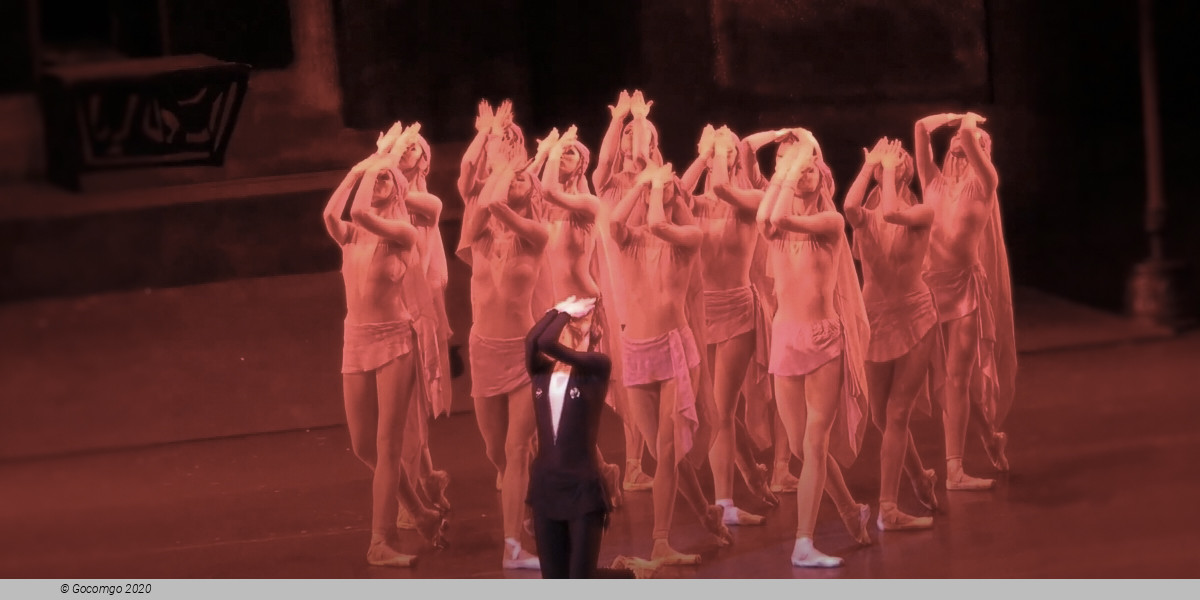
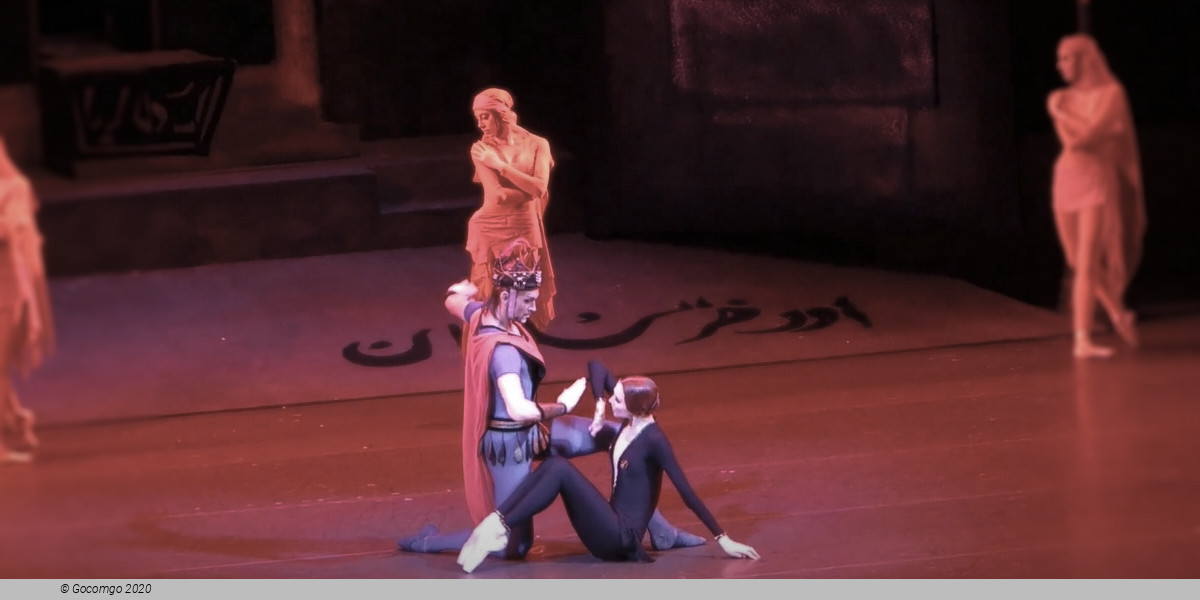
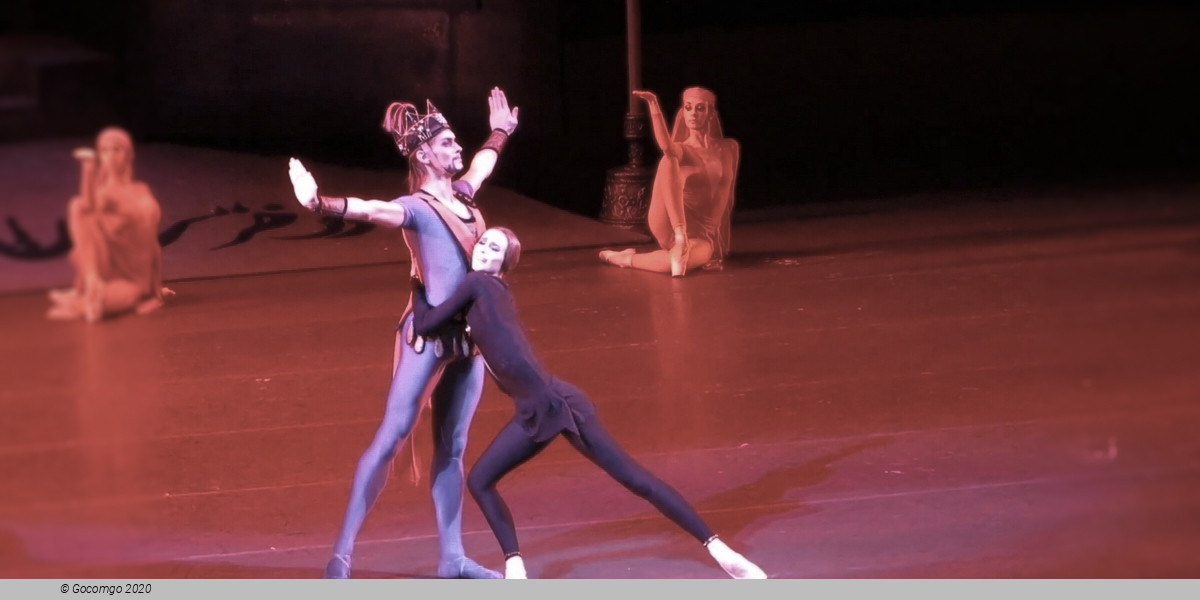
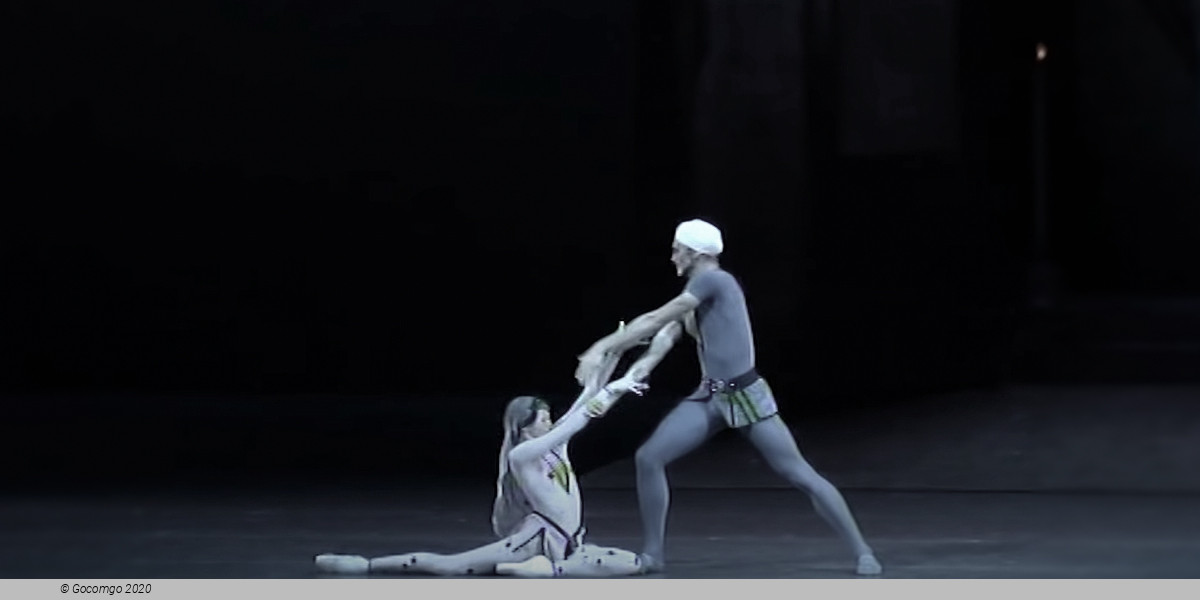
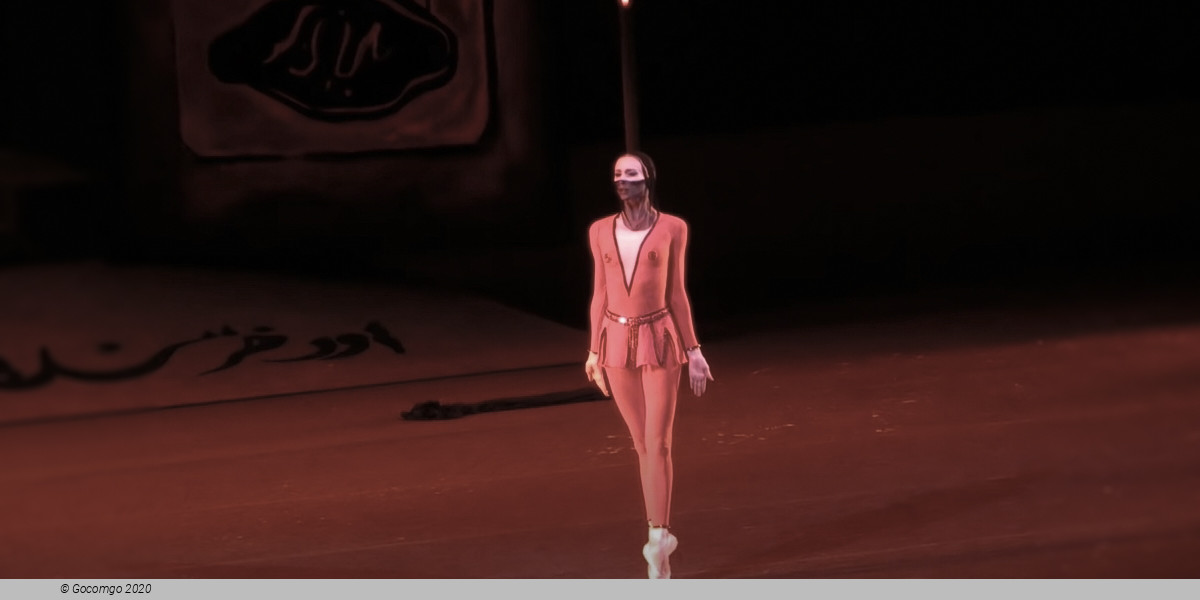
 Teatralnaya Square 1
Teatralnaya Square 1